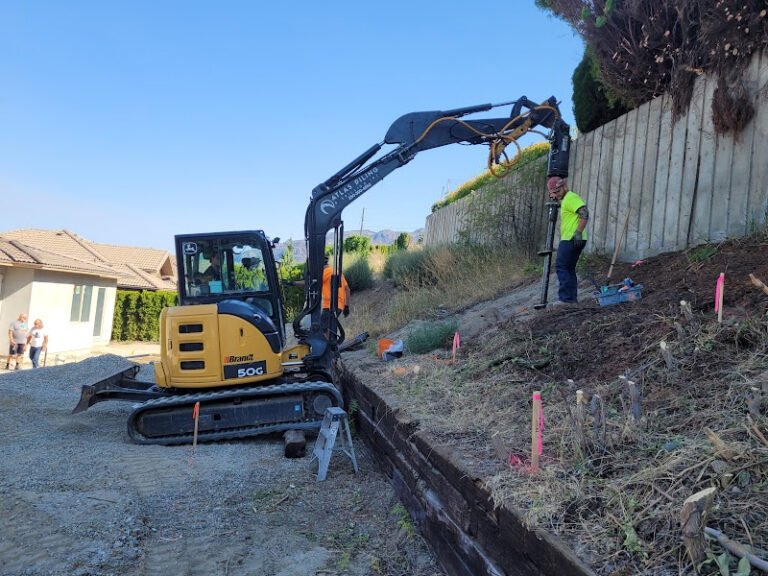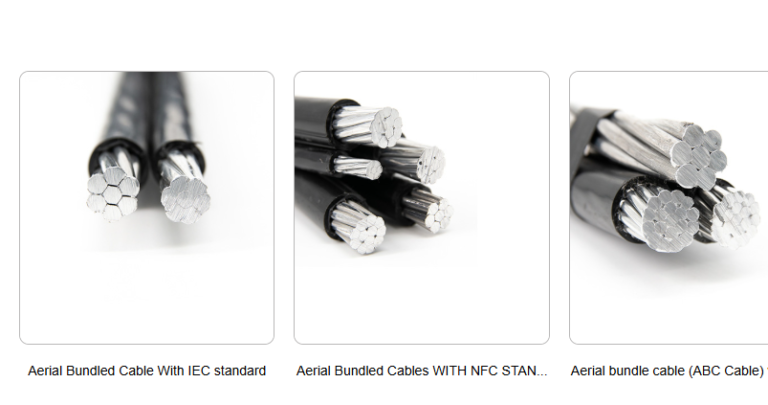The cryptocurrency market has grown exponentially over the last decade, with altcoins—alternative digital currencies to Bitcoin—becoming increasingly prominent in the blockchain ecosystem. While altcoins often bring innovative functionalities, unique tokenomics, and new use cases, they also carry substantial security risks. Hacks, bugs, and vulnerabilities in smart contracts or protocols can lead to significant financial losses and irreparable reputational damage. Protecting an altcoin is not just a technical necessity—it is a fundamental component for building investor trust, encouraging adoption, and ensuring long-term success. This comprehensive guide explores strategies, best practices, and actionable steps to safeguard your altcoin from threats.
Understanding the Security Risks of Altcoins
Altcoins, like all blockchain-based assets, are built on decentralized networks. Their security relies heavily on the integrity of code, network protocols, and associated smart contracts. Unlike traditional financial systems, blockchain transactions are immutable—once executed, they cannot be reversed. This means any vulnerability or exploit can have permanent consequences.
The most common risks faced by altcoins include:
-
Smart Contract Vulnerabilities: Many altcoins utilize programmable smart contracts for token management, staking, or governance. Errors in these contracts can allow unauthorized token transfers, unplanned minting, or burning of assets.
-
Protocol Exploits: Weaknesses in consensus mechanisms, such as Proof-of-Work or Proof-of-Stake, can lead to 51% attacks, double-spending, or network manipulation.
-
Bugs in the Codebase: Even minor coding errors can result in unexpected behavior, such as freezing tokens, loss of funds, or disrupted governance functions.
-
Phishing and Social Engineering: Investors and team members can fall victim to phishing attacks, malicious links, or impersonation, putting private keys and access credentials at risk.
-
Third-Party Dependencies: Many altcoins rely on external libraries, APIs, or oracle integrations. Unvetted third-party code can introduce vulnerabilities into the system.
Understanding these risks is the first step in developing a proactive security strategy for your altcoin.
The Importance of a Security-First Approach
A security-first approach ensures that an altcoin remains resilient against attacks while instilling confidence among investors, exchanges, and partners. Security should be integrated into every stage of the altcoin development—from initial design and development to deployment and ongoing operations.
Prioritizing security offers multiple advantages:
-
Investor Confidence: Demonstrates a commitment to safeguarding funds, attracting both retail and institutional investors.
-
Network Reliability: Reduces the risk of transaction errors, downtime, or smart contract failures, ensuring smooth operations.
-
Regulatory Compliance: Many jurisdictions increasingly mandate security audits and compliance measures for blockchain projects.
-
Competitive Advantage: A secure altcoin stands out in a crowded market, signaling professionalism and trustworthiness.
A project that neglects security risks not only endangers investor funds but also jeopardizes its reputation and long-term sustainability.
Best Practices for Protecting Your Altcoin
Securing an altcoin requires a comprehensive, multi-layered strategy. The following best practices provide a blueprint for building robust defenses:
1. Rigorous Smart Contract Audits
Smart contracts are central to the functioning of many altcoins. Conducting a thorough audit is critical to identify vulnerabilities such as reentrancy attacks, logic errors, and permission misconfigurations.
-
Automated Analysis: Tools scan the code for common vulnerabilities, identifying potential exploits quickly.
-
Manual Review: Expert auditors perform line-by-line inspections to catch complex or subtle vulnerabilities that automated tools might miss.
-
Re-Audits: After implementing fixes, a follow-up audit ensures that issues have been fully resolved.
A professional audit not only protects assets but also signals credibility to investors and exchanges. Projects with verified audits often achieve smoother token listings and higher investor participation.
2. Implement Secure Coding Practices
Developers should follow secure coding principles to minimize the risk of bugs and vulnerabilities:
-
Use standardized libraries and frameworks known for security.
-
Avoid hardcoding sensitive data like private keys or API credentials.
-
Include comprehensive error handling and validation checks.
-
Perform regular peer code reviews to ensure best practices are maintained.
Secure coding practices reduce the likelihood of flaws in the logic and help ensure that the altcoin functions as intended, even under unexpected conditions.
3. Multi-Signature Wallets and Access Controls
Centralized control over an altcoin’s treasury or governance can create a single point of failure. Multi-signature wallets require multiple authorized signatures to approve transactions, mitigating the risk of unauthorized transfers. Role-based access control ensures only designated individuals can execute sensitive functions, such as token minting or parameter changes.
These measures add additional layers of protection, particularly for high-value operations and governance processes.
4. Continuous Monitoring and Incident Response
Even after deployment, altcoins remain exposed to evolving threats. Continuous monitoring of transactions, network activity, and smart contract performance can detect suspicious behavior or abnormal patterns.
A well-defined incident response plan ensures that issues are quickly identified and addressed. Prompt intervention can prevent potential losses and reassure investors that the project is actively monitored.
5. Penetration Testing and Bug Bounty Programs
Engaging ethical hackers through penetration testing or bug bounty programs allows external security experts to identify vulnerabilities before malicious actors can exploit them.
-
Penetration Testing: Simulates attacks to uncover weaknesses in the system.
-
Bug Bounty Programs: Incentivize researchers to find and report security issues, often with rewards proportional to the severity of the vulnerability.
These initiatives not only strengthen security but also foster transparency and trust within the community.
6. Secure Network Protocols and Consensus Mechanisms
The security of an altcoin depends not just on its smart contracts but also on the underlying network. Implementing well-tested consensus mechanisms—such as Proof-of-Stake (PoS), Delegated Proof-of-Stake (DPoS), or hybrid models—reduces susceptibility to network attacks.
Regular updates, security patches, and anti-sybil measures are essential for maintaining the integrity of the blockchain network and preventing exploitation by malicious actors.
7. Protecting Against External Dependencies
Integration with third-party oracles, APIs, or libraries can enhance functionality but may introduce vulnerabilities. It is essential to:
-
Audit all external dependencies before integration.
-
Monitor updates to third-party code for potential vulnerabilities.
-
Avoid unnecessary reliance on external systems that can compromise security.
By minimizing exposure to third-party risks, altcoins maintain higher security standards while reducing the potential attack surface.
8. Educating Investors and Community Members
Security is not only a technical issue—it involves human behavior. Educating investors and community members about phishing, secure key storage, and recognizing scams can prevent social engineering attacks.
Regular community updates on security measures, audits, and monitoring practices build confidence and reduce the likelihood of accidental security breaches caused by user error.
Real-World Lessons from Altcoin Security Breaches
Several high-profile altcoin incidents highlight the critical importance of proactive security:
-
DAO Hack (2016): A reentrancy vulnerability allowed attackers to drain over $60 million worth of Ether, highlighting the need for thorough audits and testing.
-
Parity Wallet Freeze (2017): A coding mistake in a multi-signature wallet resulted in the permanent locking of $300 million in Ether.
-
DeFi Rug Pulls (2020–2022): Multiple altcoin projects with unaudited contracts were exploited, causing massive investor losses and eroding trust.
These examples demonstrate that even small coding errors or oversights can have catastrophic consequences, reinforcing the necessity of a proactive security strategy.
The Role of Regulatory Compliance
As altcoins gain mainstream adoption, regulatory scrutiny is increasing. Ensuring compliance with emerging legal frameworks not only reduces legal risks but also strengthens investor confidence. Regulatory measures may include:
-
Mandatory security audits and reporting.
-
KYC (Know Your Customer) and AML (Anti-Money Laundering) procedures.
-
Disclosure of potential risks to investors.
Aligning security practices with regulatory expectations ensures long-term sustainability and avoids fines or project disruptions.
Leveraging Advanced Technology Solutions
Several technological tools and solutions can significantly enhance altcoin security:
-
Formal Verification Tools: Mathematically verify that contracts execute as intended under all conditions.
-
Static and Dynamic Analysis Tools: Detect vulnerabilities both at rest and during execution.
-
Blockchain Monitoring Solutions: Track transactions in real time to identify unusual or potentially malicious activity.
-
Decentralized Governance Protocols: Reduce single points of failure by distributing decision-making authority among multiple stakeholders.
Integrating these technologies provides multiple layers of defense, making the altcoin resilient to attacks.
Building a Culture of Security
Security is not just a technical requirement—it must be part of the project culture. Developers, team members, and community participants should all prioritize security in decision-making. Open communication about potential risks, transparency in audits, and continuous improvement initiatives foster trust and long-term project stability.
Conclusion
In the fast-moving cryptocurrency space, securing your altcoin against hacks, bugs, and vulnerabilities is essential for long-term success. Implementing rigorous audits, secure coding practices, multi-signature wallets, continuous monitoring, and community education forms the foundation of a comprehensive security strategy.
Altcoin security is a holistic effort that combines technical diligence, proactive risk management, and strategic planning. Projects that prioritize security not only protect assets and investors but also build credibility, attract investment, and achieve sustainable growth.
Ultimately, a secure altcoin is more than just a digital asset—it is a reflection of responsible innovation, strategic foresight, and a steadfast commitment to protecting the community that powers its ecosystem. By embedding security at every level, developers can ensure that their altcoin thrives in an increasingly competitive and high-stakes blockchain environment.





